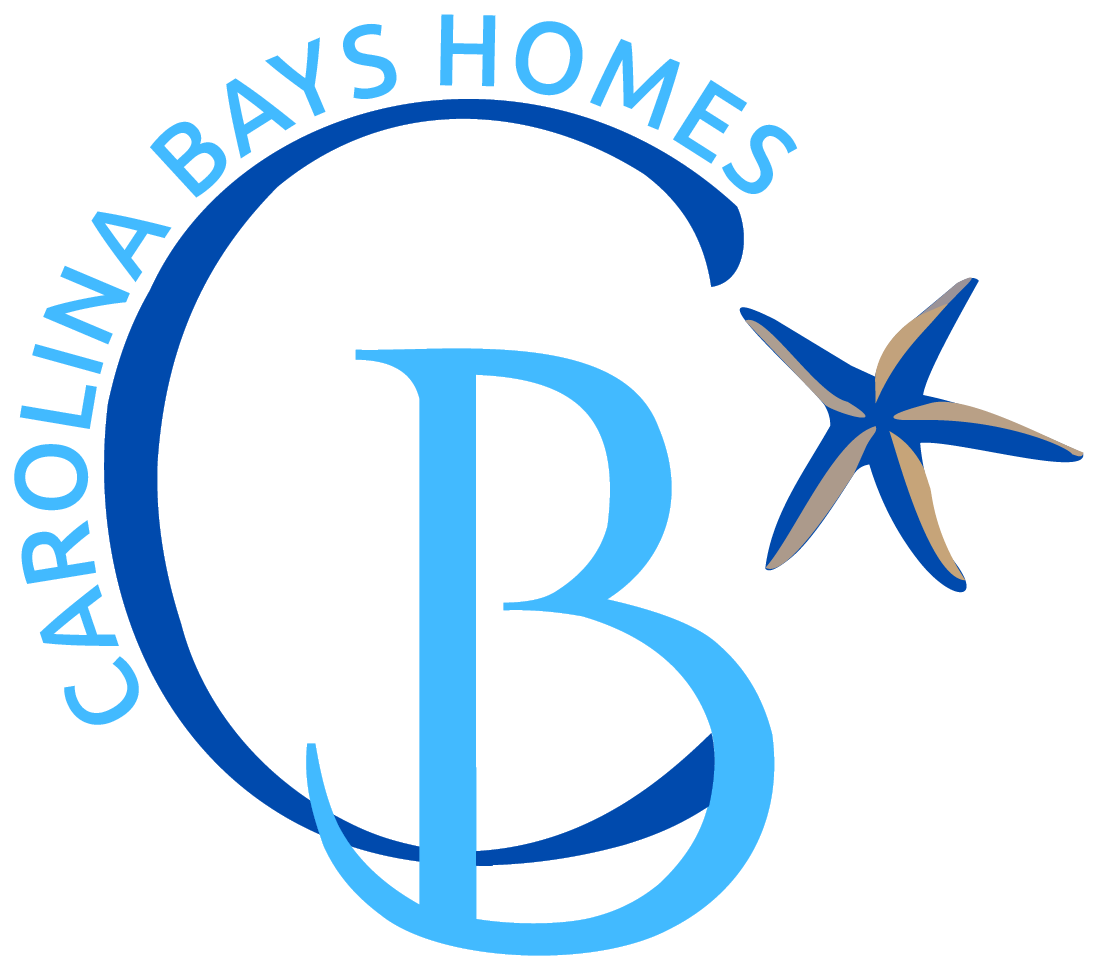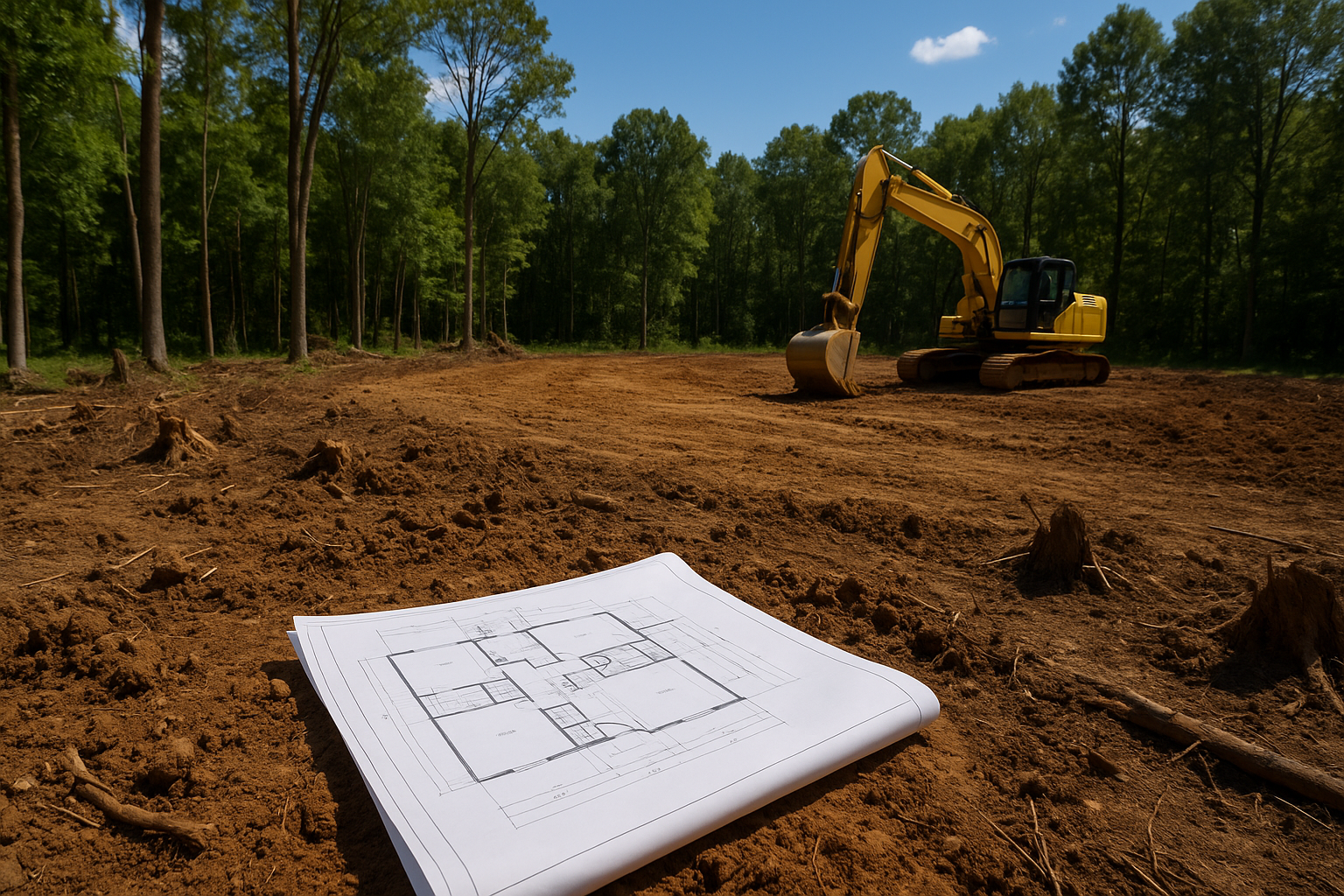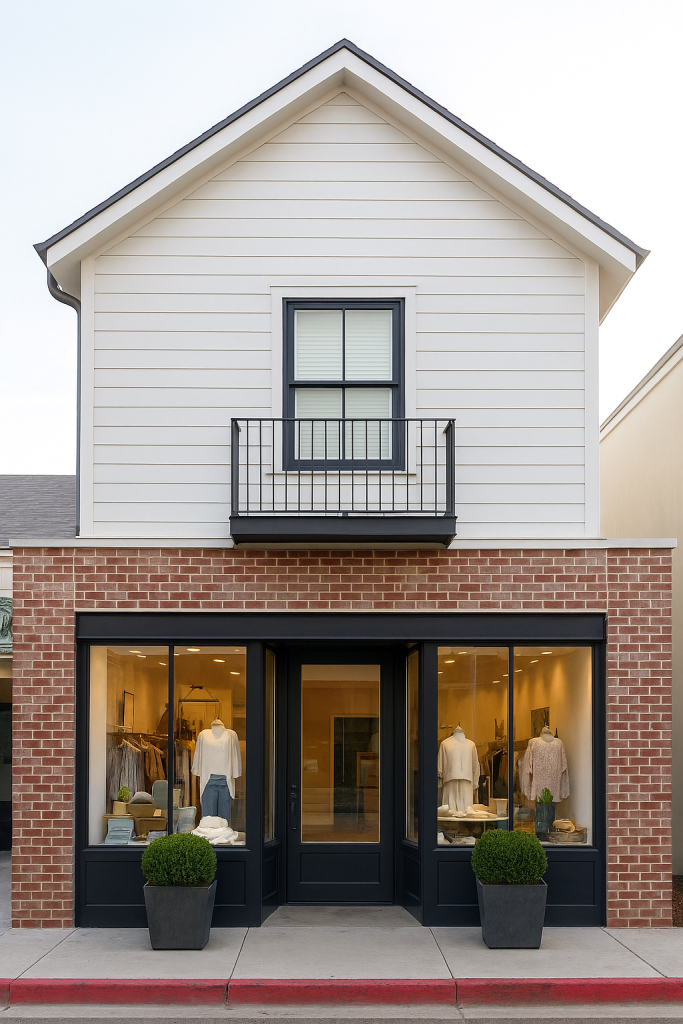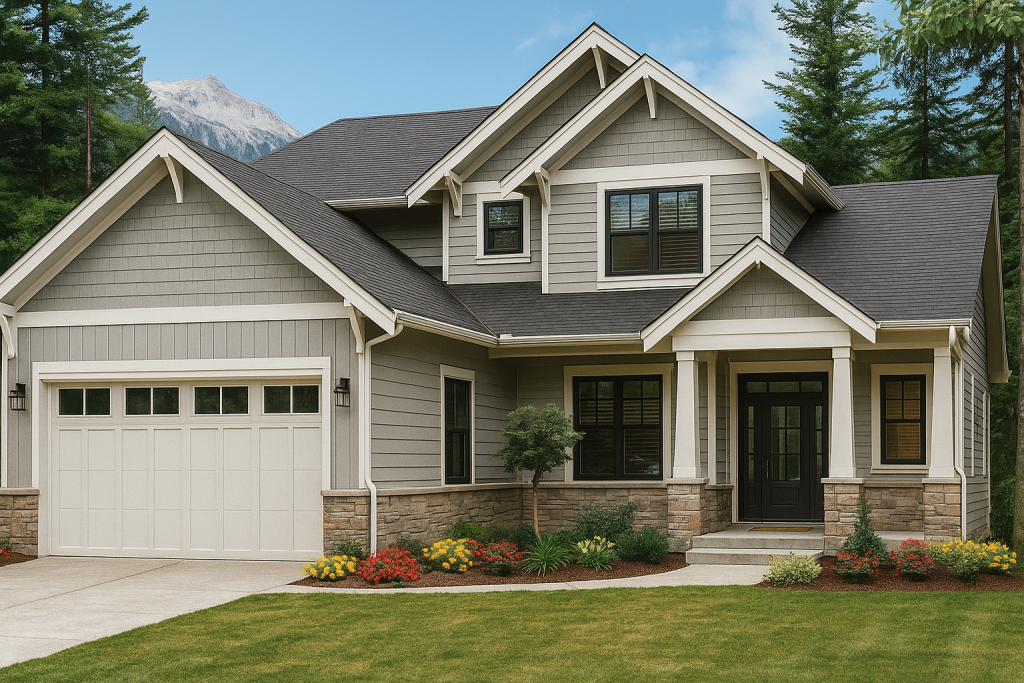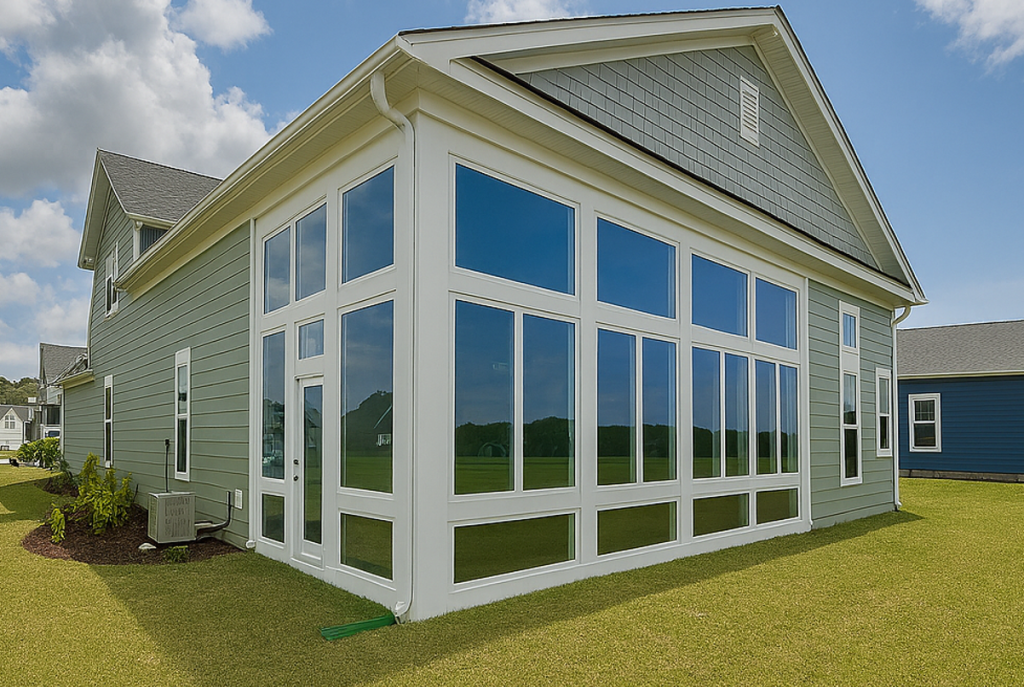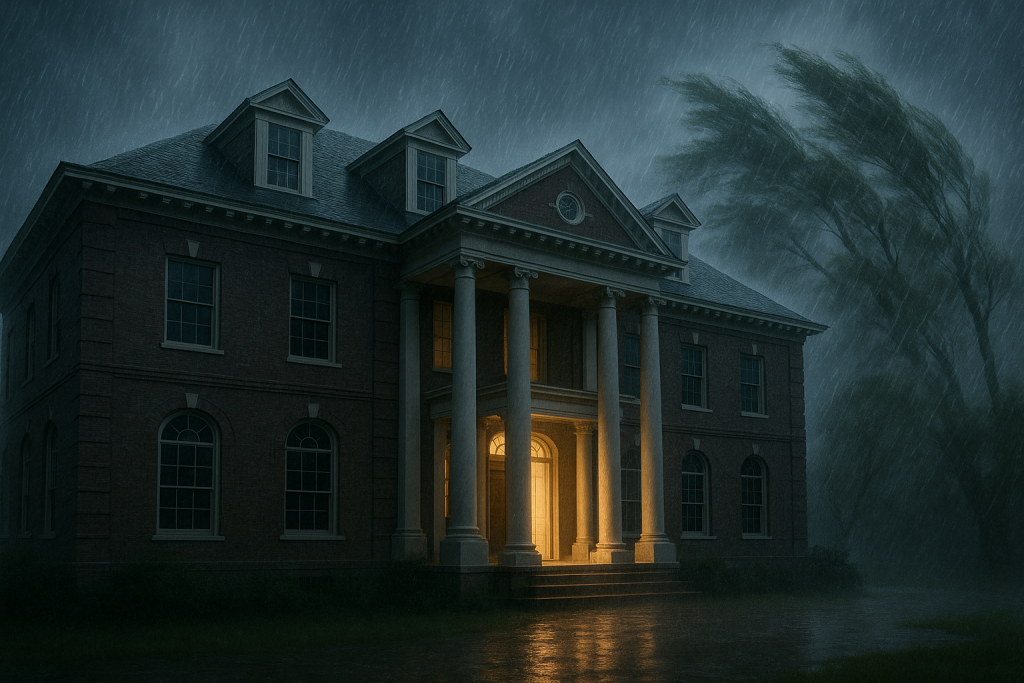Finding the Perfect Building Lot: A Complete Guide to Smart Land Purchasing for Home Building
Choosing the right lot for your dream home is one of the most crucial decisions in the building process. The land you select will influence everything from construction costs to your property’s long-term value. Understanding what makes a lot ideal can save you thousands of dollars and ensure your investment appreciates over time. At Carolina Bays we do both Real Estate and Home Building, so many of our clients are interested in finding land in Myrtle Beach and then building their dream home. This is an important part of our business because picking a lot to build on requires a true understanding of the building and budgeting process. The following are some items to consider when you are ready to find the dream lot for your construction.
Location: The Foundation of Value
The old real estate adage “location, location, location” applies especially to building lots. A well-positioned lot in a desirable area will always outperform a larger, cheaper lot in a declining neighborhood. Research the area’s growth patterns, employment opportunities, and future development plans. Proximity to quality schools, shopping centers, and employment hubs typically translates to stronger property values.
Consider the commute factor carefully. A lot that’s 30 minutes closer to major employment centers can add significant value to your finished home. Similarly, being within walking distance of amenities like parks, restaurants, or public transportation can boost both your quality of life and resale value.
Topography and Drainage: Natural Advantages
The physical characteristics of your lot will dramatically impact construction costs and your home’s functionality. Gently sloping lots often provide the best balance of drainage and building ease. Steep slopes can create stunning views but may require expensive retaining walls, specialized foundations, or extensive grading.
Drainage is absolutely critical. Water should naturally flow away from your building site. Lots in flood zones or with poor drainage will require costly mitigation measures and may be difficult to insure. Walk the property during different weather conditions if possible, and look for signs of standing water or erosion.
Utilities and Infrastructure: The Hidden Costs
Access to utilities can make or break your budget. Lots with existing connections to water, sewer, electricity, and gas are typically more expensive upfront but can save tens of thousands in development costs. Rural lots requiring well and septic systems add complexity and expense, though they may offer more privacy and space. This is particularly important when looking to move to an area such as Myrtle Beach. In the City, many lots will have water and sewer but not much acreage. For someone looking for a large lot, they may need to move to a nearby location such as Loris or Galivants Ferry – but the likelihood of having water and sewer to the lot will be less likely.
Internet and cell service are increasingly important considerations. In our connected world, poor connectivity can significantly impact both your daily life and your home’s resale value. Test cell service and research high-speed internet availability before committing.Zoning and Building Restrictions: Know the Rules
Understanding local zoning laws and building restrictions is essential before purchasing. Some areas have strict architectural guidelines, setback requirements, or height restrictions that could limit your building options. Historic districts often have additional constraints that can increase construction costs but may also preserve property values.
Check for easements, which are legal rights allowing others to use portions of your property. Utility easements are common and usually manageable, but access easements for neighboring properties can limit your building options and privacy.Neighborhood Characteristics: Quality of Life Factors
The surrounding neighborhood will influence both your daily experience and your property’s value. Look for well-maintained properties, reasonable traffic levels, and a sense of community pride. New developments should have clear plans for common areas, parks, and ongoing maintenance.
Consider the neighborhood’s trajectory. Areas with new construction, improving schools, or planned infrastructure improvements often see stronger property value growth. Conversely, neighborhoods with increasing vacancy rates or declining services may struggle to maintain values.
Size and Shape: Practical Considerations
While bigger isn’t always better, your lot should be large enough to accommodate your planned home plus any outdoor amenities you desire. Consider setback requirements, which dictate how far your home must be from property lines. Irregular shapes can create challenges for both construction and future modifications.
Think about privacy and outdoor living space. A lot that allows for private outdoor areas, gardens, or recreational space will be more valuable than one where every window faces a neighbor’s property.
Cost Considerations: Beyond the Purchase Price
The lot’s purchase price is just the beginning. Factor in site preparation costs, which can vary dramatically based on topography, soil conditions, and existing vegetation. Rocky or unstable soil may require special foundations, while heavily wooded lots need expensive clearing.
Consider ongoing costs as well. Larger lots mean higher maintenance expenses, while lots in premium locations often have higher property taxes. Homeowner association fees in planned communities can add hundreds of dollars monthly to your housing costs. Myrtle Beach and popular surrounding cities such as Murrells Inlet, Pawleys Island and Litchfield will primarily have building lots within HOA communities. This does have a positive impact as well since many HOAs protect property value by keeping the community appearance and offerings high.
.Due Diligence: Protecting Your Investment
Before finalizing any purchase, conduct thorough due diligence. This includes soil testing, survey verification, and title research. Environmental assessments may be necessary for lots with previous commercial use or unusual characteristics.
Work with local professionals who understand the area’s unique challenges and opportunities. A knowledgeable real estate agent, attorney, and potentially a land planner can help you avoid costly mistakes and identify opportunities others might miss.
The Final Word
Finding the ideal building lot requires balancing multiple factors including location, physical characteristics, costs, and future potential. While premium lots command higher prices, they often provide better long-term value through easier construction, lower development costs, and stronger appreciation potential.
Take time to thoroughly evaluate each aspect of potential lots. The extra effort invested in finding the right property will pay dividends throughout the building process and for years to come. Remember that while you can change almost everything about a house, you can’t change its location or the fundamental characteristics of the land it sits on. At Carolina Bays Homes, being the one stop shop for your dream home means we are here to help you with finding a lot, building a home or improving the home that you live in. If you would like more inofrmation on finding a lot or have other questions, please reach out to us here.
